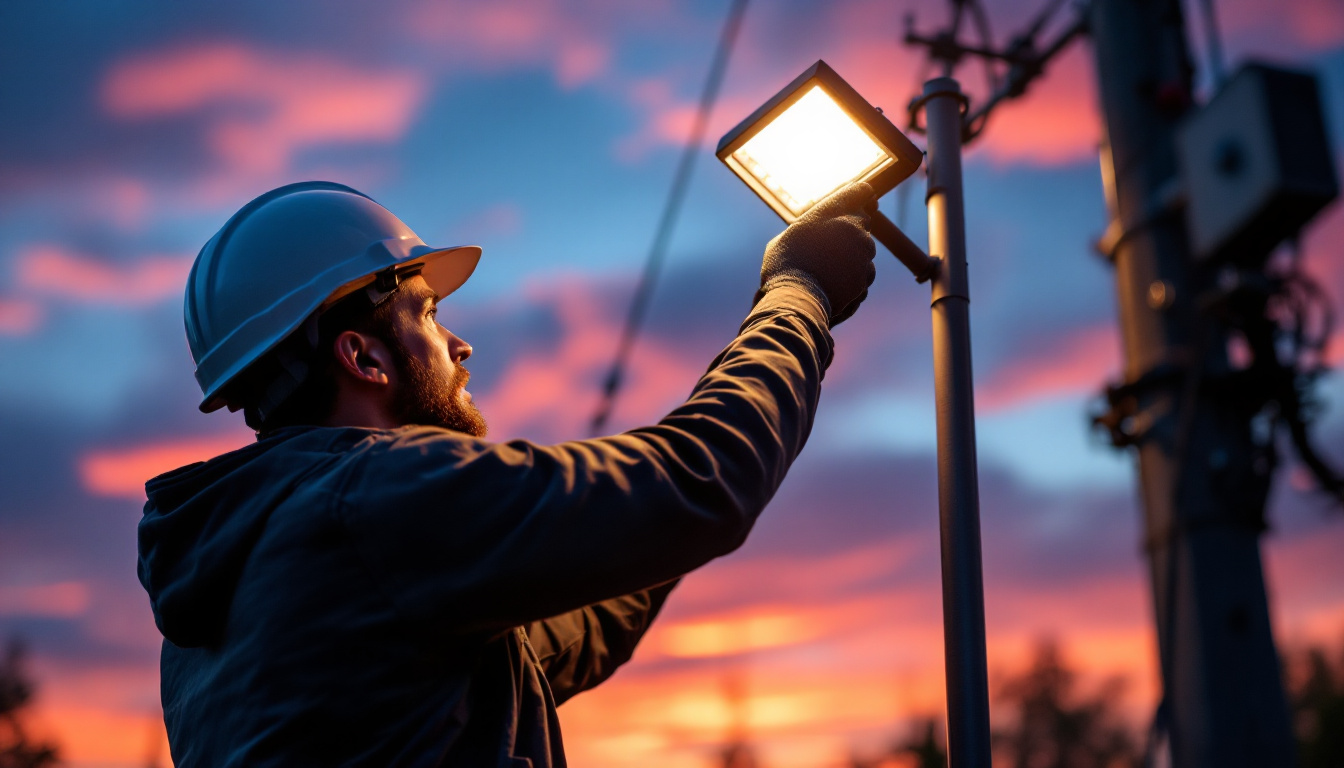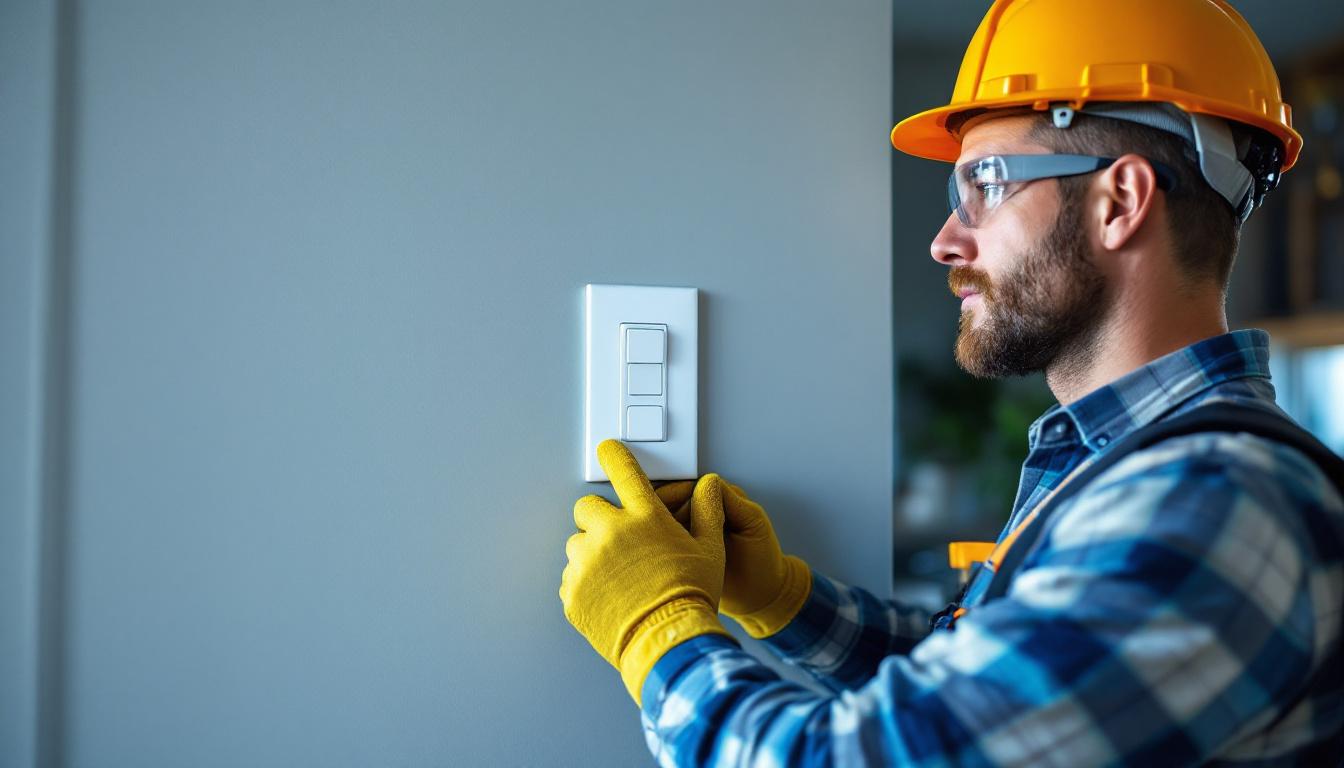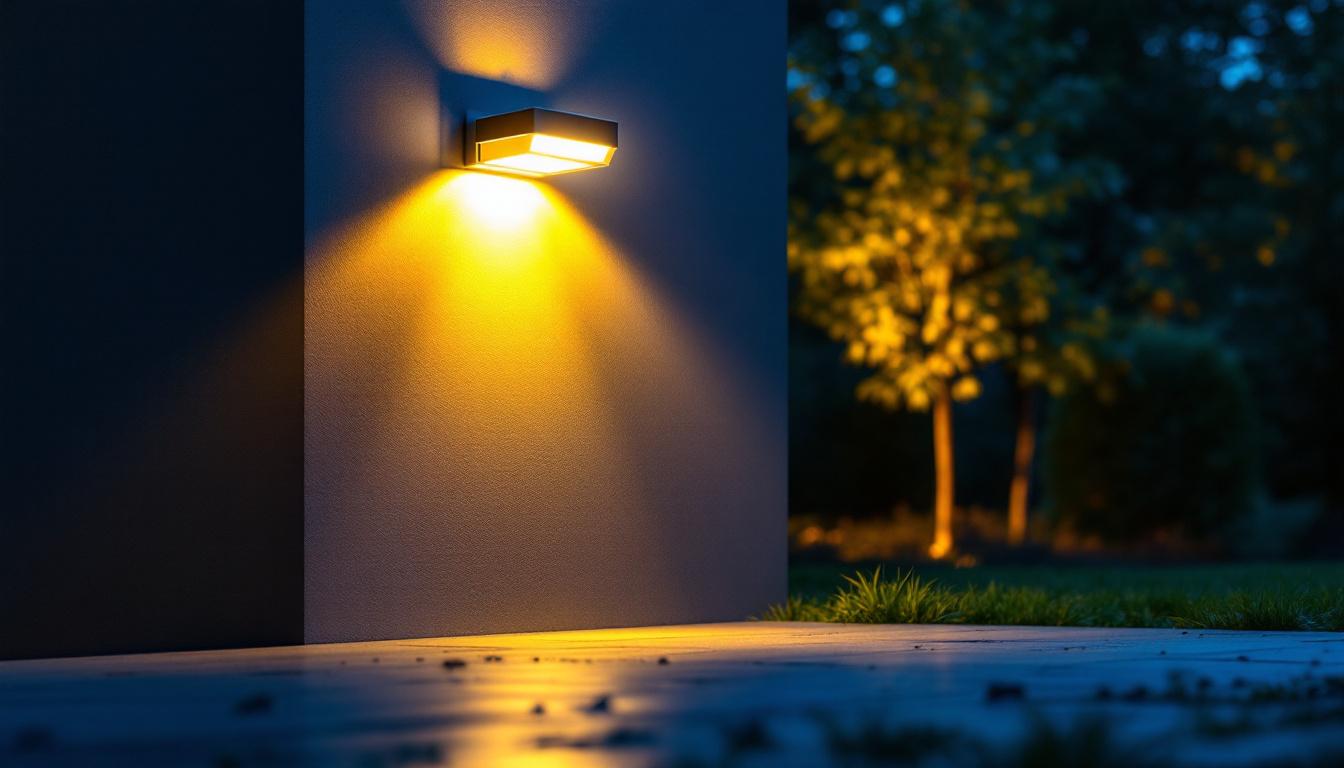
Lighting contractors play a crucial role in enhancing the safety, aesthetics, and functionality of outdoor spaces. Whether illuminating a parking lot, a sports field, or a public park, the right lighting solutions can transform an area. This comprehensive handbook aims to equip lighting contractors with essential knowledge, practical tips, and industry insights to excel in their projects.
Before diving into the specifics of lighting installations, it is vital to grasp the basic principles of lighting design. Understanding the fundamentals will enable contractors to make informed decisions that align with both client expectations and regulatory standards. A solid foundation in lighting principles not only enhances the aesthetic appeal of a space but also optimizes energy efficiency and functionality, which are increasingly important in today’s design landscape.
Light quality refers to the characteristics of light that affect visibility and ambiance. Factors such as color temperature, color rendering index (CRI), and brightness all play a part in creating the desired atmosphere. For instance, warmer light temperatures (around 2700K to 3000K) are often preferred for residential areas, as they create a cozy and inviting environment. Conversely, cooler temperatures (4000K to 5000K) are typically used in commercial spaces for enhanced visibility and alertness. Additionally, the CRI is crucial as it measures how accurately colors are rendered under a light source compared to natural light, which is essential in spaces where color differentiation is vital, such as art galleries or retail stores.
Lighting can be categorized into three main types: ambient, task, and accent lighting. Ambient lighting provides general illumination, while task lighting focuses on specific areas to facilitate activities. Accent lighting, on the other hand, is used to highlight particular features or objects. A successful lighting design often incorporates all three types to achieve a balanced and functional environment. For example, in a kitchen, ambient lighting can illuminate the entire space, task lighting can be installed under cabinets to aid food preparation, and accent lighting can highlight decorative elements like a beautiful backsplash or artwork. This layered approach not only enhances the usability of the space but also contributes to its overall aesthetic appeal.
Familiarity with lighting terminology is essential for effective communication with clients and suppliers. Terms such as lumen (a measure of light output), wattage (energy consumption), and efficacy (lumens per watt) are commonly used in the industry. Understanding these terms allows contractors to provide accurate estimates and recommendations, ensuring transparency throughout the project. Moreover, being well-versed in terms like “dimming capabilities,” “light distribution,” and “fixture types” can significantly enhance discussions with clients, allowing for tailored solutions that meet specific needs. For instance, knowing the difference between direct and indirect lighting can help in creating a more dynamic and versatile lighting scheme, which can adapt to different activities and moods throughout the day.
Once the fundamentals are understood, the next step is to plan and design the lighting layout. This phase is critical as it sets the foundation for a successful installation. Several factors must be considered to create an effective lighting plan.
A thorough site assessment is the first step in the planning process. This involves evaluating the physical characteristics of the area, including existing structures, vegetation, and topography. Identifying potential obstacles and opportunities will inform the placement of lighting fixtures and the overall design. Additionally, understanding the intended use of the space will guide decisions regarding light intensity and distribution. For instance, a park may require softer, ambient lighting to create a welcoming atmosphere, while a commercial area might need brighter, more focused lighting to enhance visibility and security. Furthermore, seasonal changes in the environment, such as foliage growth or snow cover, should also be considered, as they can significantly affect light distribution and effectiveness.
Engaging with clients to understand their needs and preferences is paramount. Each project is unique, and what works for one client may not suit another. Conducting interviews or surveys can help gather valuable insights into their expectations regarding aesthetics, functionality, and budget. This collaborative approach fosters trust and ensures that the final design aligns with the client’s vision. Additionally, it is beneficial to present clients with various lighting options, including energy-efficient LED solutions or smart lighting systems that can be controlled remotely. By discussing the advantages and disadvantages of each option, clients can make informed decisions that reflect their lifestyle and values, ultimately leading to a more satisfying outcome.
Lighting contractors must be well-versed in local regulations and standards that govern outdoor lighting. These regulations often address issues such as light pollution, energy efficiency, and safety. Familiarizing oneself with these requirements is essential to avoid potential fines and ensure that the project meets all necessary codes. Consulting with local authorities or industry associations can provide valuable guidance in navigating these regulations. Additionally, understanding the environmental impact of lighting choices is becoming increasingly important. For example, using fixtures that minimize light spill and glare not only helps comply with regulations but also supports local wildlife and ecosystems, making the project more sustainable. Engaging with environmental consultants can further enhance the project’s compliance and sustainability efforts, ensuring a holistic approach to outdoor lighting design.
The selection of lighting fixtures is a critical component of any lighting project. The right fixtures not only enhance the aesthetic appeal but also ensure optimal performance and longevity. Various factors should be considered when choosing fixtures.
There are numerous types of lighting fixtures available, each designed for specific applications. For example, pole-mounted lights are ideal for parking lots and roadways, while wall-mounted fixtures can effectively illuminate building facades. Understanding the purpose of each fixture type allows contractors to make informed decisions that enhance the overall lighting design.
With the increasing emphasis on sustainability, energy-efficient lighting solutions have gained prominence. LED fixtures, for instance, consume significantly less energy than traditional incandescent or halogen lights, making them a popular choice for contractors. Additionally, many municipalities offer incentives for using energy-efficient products, further encouraging their adoption. Choosing the right fixtures not only benefits the environment but can also lead to cost savings for clients in the long run.
Outdoor lighting fixtures are exposed to various environmental elements, making durability a key consideration. Selecting fixtures made from corrosion-resistant materials, such as aluminum or stainless steel, can enhance longevity. Furthermore, ease of maintenance should also be factored into the decision-making process. Fixtures that require minimal upkeep can save clients time and money, making them a more attractive option.
Once the planning and design phases are complete, the focus shifts to the installation process. Proper installation is crucial for ensuring that the lighting system functions as intended and meets safety standards.
Safety should always be the top priority during the installation process. Contractors must adhere to safety protocols, including wearing appropriate personal protective equipment (PPE) and following electrical safety guidelines. Additionally, it is essential to ensure that all electrical connections are secure and that fixtures are installed at the correct height to prevent accidents.
After installation, testing the lighting system is critical to ensure optimal performance. This includes checking for any flickering lights, uneven illumination, or dead spots. Making necessary adjustments during this phase can prevent issues down the line and ensure client satisfaction. Contractors should also provide clients with a demonstration of the lighting system, highlighting its features and benefits.
Providing clients with documentation that outlines the specifications of the lighting system, including fixture types, wattages, and maintenance schedules, is essential. This information serves as a valuable reference for future maintenance and repairs. Additionally, discussing a maintenance plan with clients can help them understand the importance of regular upkeep, ensuring the longevity of the lighting system.
The lighting industry is constantly evolving, with new technologies and design trends emerging regularly. Staying informed about these changes is vital for contractors looking to remain competitive and provide the best possible service to their clients.
Advancements in technology have revolutionized the lighting industry. Smart lighting systems, which allow for remote control and automation, are becoming increasingly popular. These systems can enhance energy efficiency and provide users with greater control over their lighting environments. Contractors should familiarize themselves with these technologies and consider integrating them into their projects where appropriate.
Design trends in outdoor lighting are also evolving. Minimalist designs, for example, have gained traction as clients seek sleek and unobtrusive solutions. Additionally, the use of color-changing LEDs can create dynamic lighting effects that enhance the ambiance of outdoor spaces. Staying attuned to these trends can help contractors offer innovative solutions that meet client expectations.
Networking with other professionals in the industry can provide valuable insights and opportunities for collaboration. Attending trade shows, workshops, and seminars can help contractors stay updated on the latest products and techniques. Furthermore, pursuing certifications and continuing education can enhance skills and credibility, ultimately benefiting both contractors and their clients.
Lighting contractors play a pivotal role in shaping the outdoor environments where people live, work, and play. By understanding the fundamentals of lighting, engaging in thorough planning and design, selecting appropriate fixtures, implementing best installation practices, and staying current with industry trends, contractors can deliver exceptional lighting solutions that meet the diverse needs of their clients.
As the lighting industry continues to evolve, embracing new technologies and design trends will be essential for success. With a commitment to quality and a focus on client satisfaction, lighting contractors can illuminate the path to a brighter future for outdoor spaces.
Ready to elevate your lighting projects with the best in spec-grade lighting products? Look no further than LumenWholesale for a superior selection at unbeatable wholesale prices. Say goodbye to middleman markups and hello to high-performance lighting that meets the highest industry standards. With free shipping on bulk orders, you can trust that you’re getting premium quality without hidden fees. Make your next project shine with the perfect blend of quality, affordability, and convenience at LumenWholesale.

Discover the latest Two Way Switch Price insights and how they can boost efficiency for lighting contractors.

Discover the essential checklist for choosing the best outdoor security light with insights from top lighting contractors.

Discover how the Bright LED Lamp is revolutionizing the lighting industry for contractors with its energy efficiency, easy installation, and cost-effectiveness.

Discover how Hid Light Fixtures boost lighting contractors’ business growth with increased efficiency, cost savings, and customer satisfaction—unlock your competitive edge today!.